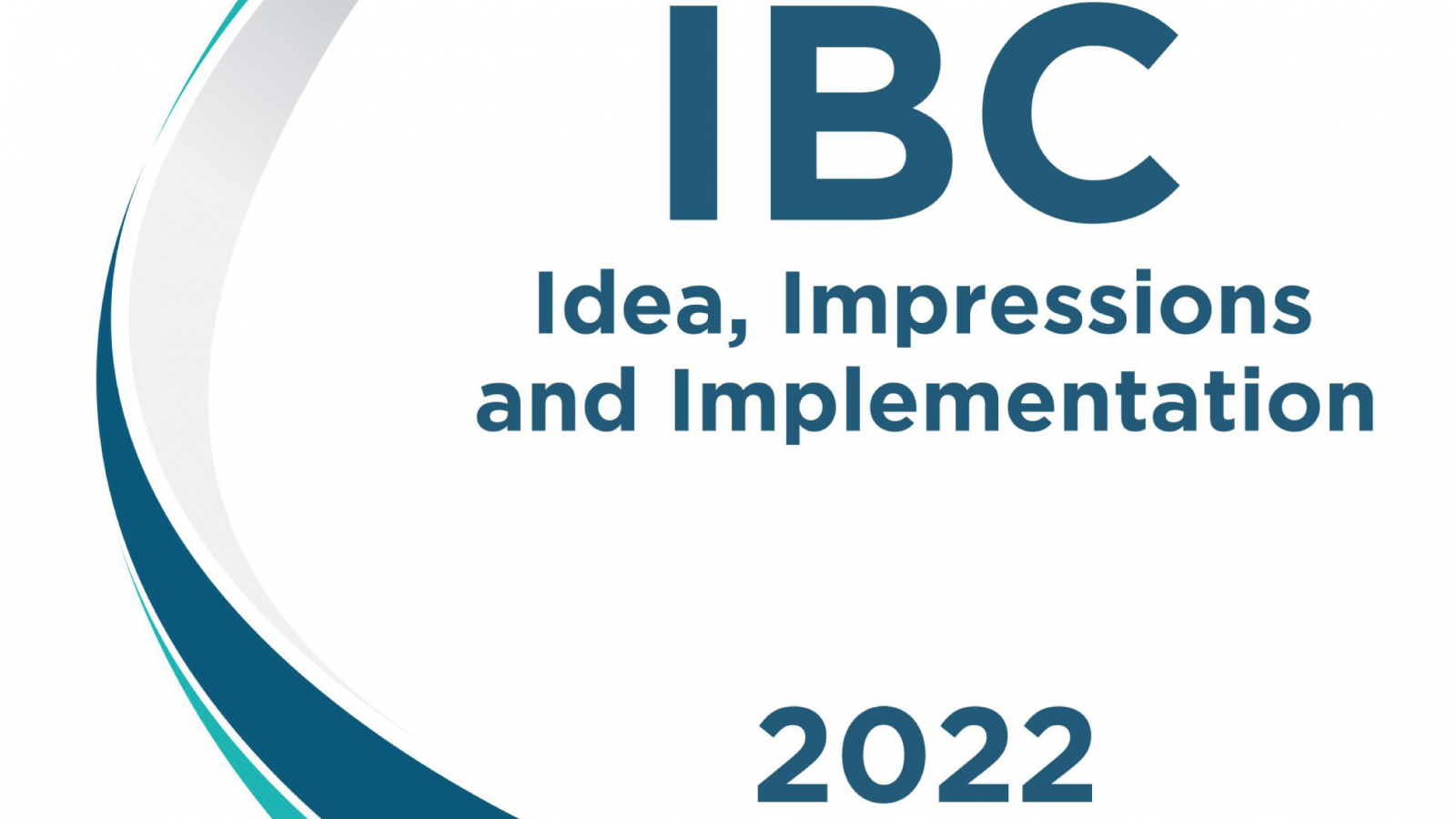The interaction between the two concepts of consumer protection and financial literacy encourages financial inclusion and contributes to improved efficiency, transparency and access to financial markets by reducing information asymmetries and power imbalance among providers and users of financial services. In India, while the Consumer Protection Act, 1986, allows consumers to initiate proceedings in relation to deficient products, including financial products, the principles of law that apply to consumer protection in general are not necessarily suitable for financial products, thereby giving rise to the need for a comprehensive regime for consumer financial protection. This Vidhi report comprises two sections. Section I focuses on: identifying the basic elements of an effectively functioning consumer protection regime by studying the frameworks adopted by the United Kingdom, the United States of America and Australia, as well as the G20 High Level Principles on Financial Consumer Protection and the World Bank’s Good Practices for Financial Consumer Protection; the scope of the Reserve Bank of India’s (‘RBI’) lawmaking powers in the context of consumer protection; institutional structures in place for various consumer protection regulators; disclosure practices for providing information to consumers; business practices that should be embedded into the consumer protection regime; and initiatives required to be undertaken for improving consumer literacy efforts. Section II focuses on reforming the enforcement powers of the RBI and makes recommendations with the overall aim of improving the consumer financial protection framework in India.
About the Authors

Debanshu Mukherjee
Debanshu is one of Vidhi’s Co-Founders. He has over a decade of experience in commercial laws and the financial sector and has advised the Government of India on several legislative projects in this space. He was instrumental in advising the Government on the design and drafting of the Insolvency and Bankruptcy Code and its subsequent implementation. He has developed and curated Vidhi’s work on insolvency law, corporate law, financial regulation, and competition law and conceptualized its Bankruptcy Research Program. He has served as a member of a Government-appointed committee for operationalizing the National Company Law Tribunal and deposed before two Parliamentary committees examining financial sector legislation. He has also worked as a teaching fellow at Harvard Law School.
He is an alumnus of the Harvard Law School, the University of Oxford, and Hidayatullah National Law University. He attended Harvard as a Fulbright Scholar and was awarded the Irving Oberman Memorial Prize in Bankruptcy and the Dean’s scholar prize in Corporations. He was also awarded a Distinction for his graduate studies at Oxford. In 2017, he was selected for NYU School of Law’s Hauser Global Scholarship, which he waived. His academic work has been published in peer-reviewed journals and an edited book published by Cambridge University Press, New York. He has been consulted by and mentioned in global business publications, such as IFR Asia and The Economist. Earlier, Debanshu practiced as an M&A and regulatory lawyer with AZB & Partners at its Mumbai and New Delhi offices.

Shreya Garg
Shreya is a Senior Resident Fellow, and leads the work at the intersection of law, finance and development at Vidhi. She is currently focusing on independent research work relating to financial inclusion, tech and corporate governance. She has worked on several engaged projects with the International Financial Services Centres Authority, Ministry of Corporate Affairs and the Insolvency and Bankruptcy Board of India. Shreya completed her LLB from National Law University, Jodhpur in 2012 and LLM from Queen Mary, London on a Chevening scholarship in 2019. She also worked with the European Bank for Reconstruction and Development, London in 2019. Prior to joining Vidhi in 2014, she worked as an Associate at Luthra & Luthra Law Offices, New Delhi.

Yashaswini Mittal
Yashaswini Mittal was a Research Fellow at Vidhi.

Chintan Chandrachud

Jeet Shroff
Jeet Shroff was a Project Fellow at the Vidhi Centre for Legal Policy.







